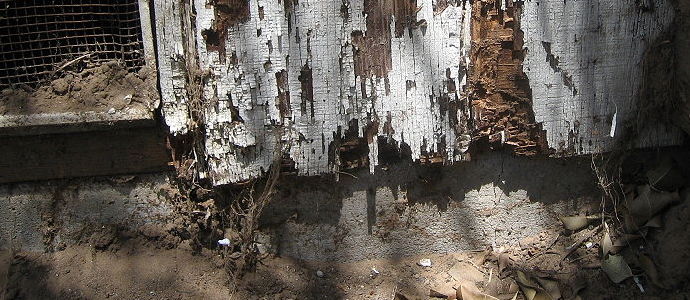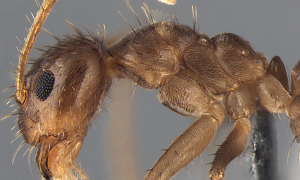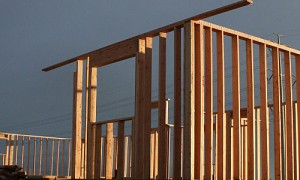Termite Control in Dallas
Termites are a common insect found in Dallas – Fort Worth, and voraciously chew through wooden structures. Fortunately, with proper termite control, home owners can identify termites and protect their homes from nature’s most prolific pests.
Termites are a common insect in Dallas-Fort Worth. Known for their voracious appetite for wood, they also consume paper, cotton and plants — living or dead. As a result, termites can quickly become a homeowner’s worst nightmare. Termites are important to the natural ecosystem in Texas, but to homeowners, they just seem like a menace. Fortunately, with proper termite control, you can avoid the pests or learn to spot them before they do major damage.
Identifying Termites
There are two species of termites found in Dallas: native subterranean and Formosan subterranean (originally native to China and highly destructive). Colonies are arranged in a caste system, with a queen, a king, workers, soldiers, larvae, and swarmers, and are dependent upon one another for survival. The queen stays protected deep within the nest, can live up to 25 years, and births as many as 18 million termites.
Among this colony, however, you mostly need to worry about the workers: They make up the majority of the termite population. A translucent cream color, they also do the most damage to homes.
Ideal Environments for Termites
Both native and Formosan termites live within the soil. They can be found above the water table but are commonly below the frost line. They create mud tubes, built from wood, debris, and soil, for foraging. They prefer to build around foundations, fences, and wooden structures near water, or anywhere earth touches wood.
Termites are very susceptible to dehydration and when indoors, prefer dark, moist areas (like around leaky pipes) or places with high moisture levels and easy access to food. One way to identify termites is by tapping wood or a suspected mud tube with a screwdriver. A hollow sound or crumbling indicates termites.
Termite Control Solutions
Avoiding termite infestations requires routine maintenance. It’s important to remove all possible sources of food from the soil and eliminate food-source contact with structures. As a homeowner, this means you need to keep mulch away from wooden structures, immediately remove any dead trees and stumps, and regularly inspect crawl spaces for moisture. Use polyethlene sheeting in crawl spaces, repair foundation cracks, and make sure water doesn’t collect near your home’s foundation.
If you’ve already got an infestation on your hands, it’s time to call the professionals. They’ll work with you to address an existing infestation, and then you can form a strategy for repairs — and for making sure you don’t see them again.
Pest control professionals use chemical treatments like termiticides to kill or repel termites. However, repelling termites is not foolproof because termites can exploit gaps in the repellent areas. Foam treatments can be used for termite control but may be less effective than liquid methods. Baiting may help to reduce a colony with minimal impact to the environment, but takes longer than other methods and does not provide for permanent termite control.
So, if you suspect termites, pick up the phone and call a pest control professional as soon as possible.
Photo Source: Wikipedia
[cf]skyword_tracking_tag[/cf]





1 Comment
Jim Reynolds
December 19, 2016Thanks for your post. It helped me a lot with the links.